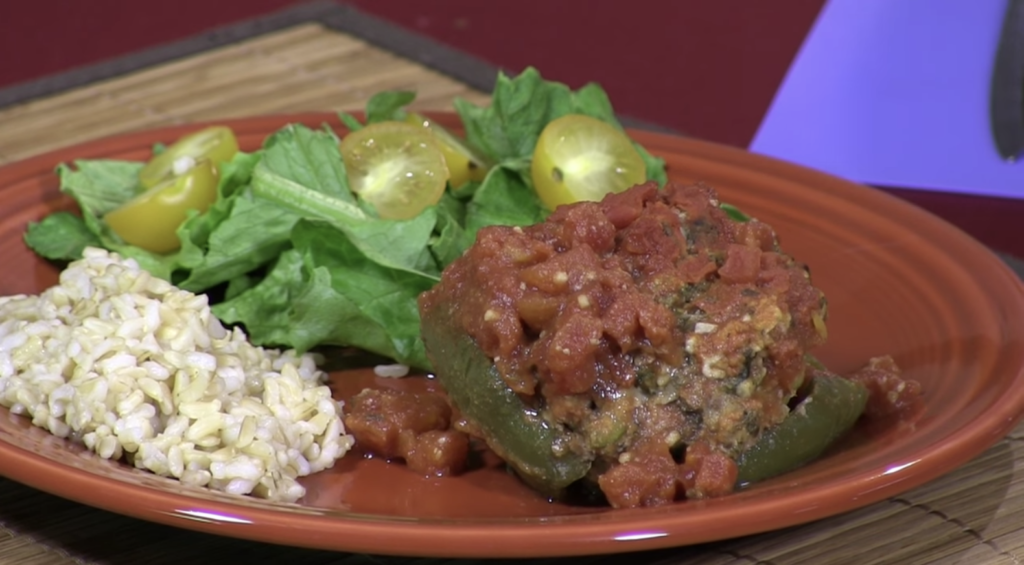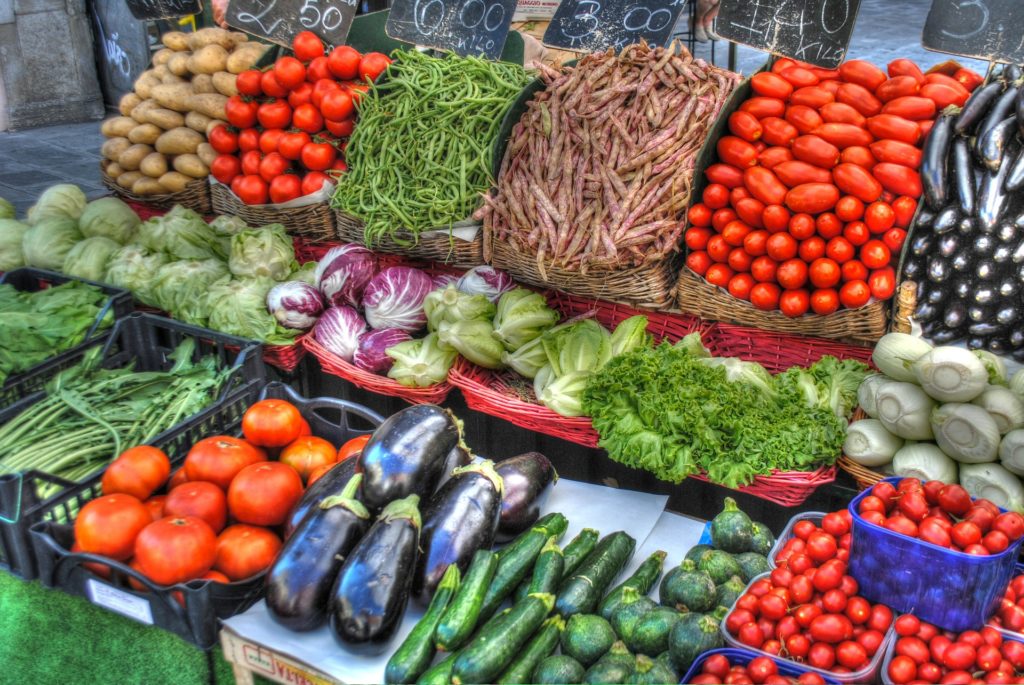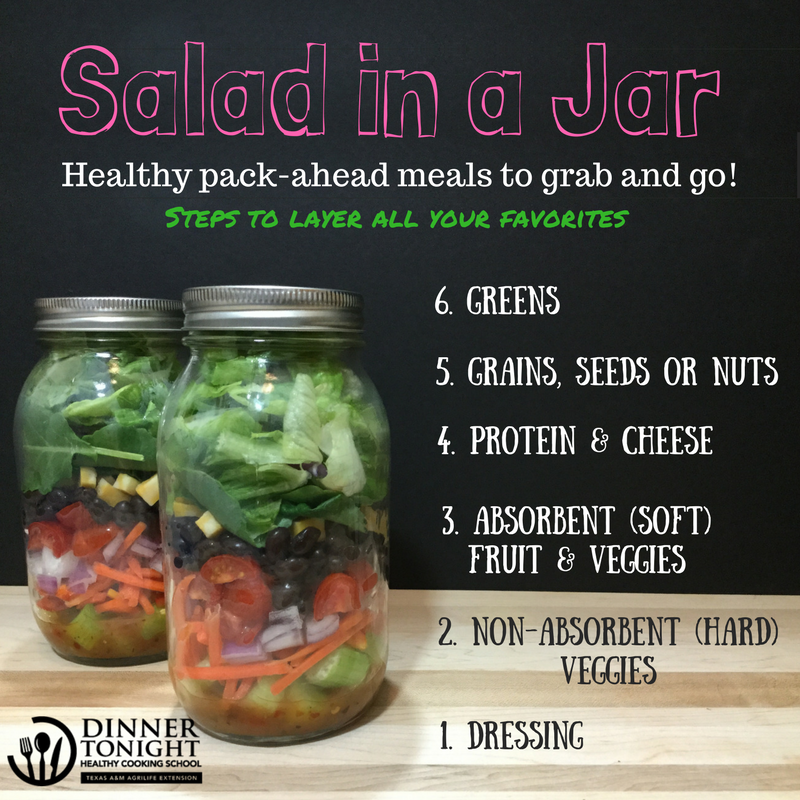Peppers are a warm-season crop that grows well in most Texas areas. Red and green peppers are good sources of Vitamin C, limited amounts of Vitamin A, and small amounts of several minerals. Red peppers have more Vitamin A than do green peppers. Peppers are good raw or cooked. Eat them as a snack, use them to decorate food, or add them to salads and casseroles. You can also stuff peppers with seasoned breadcrumbs or meat and bake them.
Grow it:
Varieties: There are a number of varieties of peppers that are grown in Texas.
- Big Bertha bell pepper
- Grande jalapeno
- TAMU mild jalapeno
- Hidalgo serrano
Planting: If planting from transplants, they should be healthy and 4-6 inches tall.
- About three or four hot pepper plants and eight to ten sweet pepper plants should be enough for a family of four.
- Do not cover the roots deeper than the original soil ball.
Fertilizing: For greater yields, water the plant after adding fertilizer.
Watering: Proper watering is necessary to keep plants from wilting.
- Slow, deep watering helps the root system grow strong
Harvesting: The first peppers should be ready 8-10 weeks after transplanting.
- If peppers are picked at full size but still green, the yields will be greater.
- If they are allowed to turn red, the Vitamin A will be higher.
Buy it:
- Choose firm, brightly colored peppers with tight skin that are heavy for their size.
- Avoid dull, shriveled, or pitted peppers.
Store it:
- Refrigerate bell peppers in a plastic bag for use within 5 days.
- Store peppers in the vegetable crisper. Use them within 3-5 days after harvesting.
Use it:
Beefy Vegetable Stuffed Peppers
Ingredients:
- 1lb extra-lean ground beef
- Black pepper
- 1/2 tsp salt
- 1/2 tsp oregano
- 1 small onion, minced
- 1/2 cup quick cooking oatmeal
- 1 medium-sized zucchini, coarsely grated
- 1 egg, lightly beaten
- 1 (10 ounce) package frozen chopped spinach, thawed and squeezed dry
- 3 medium-sized bell peppers, cut in half lengthwise, cored
- 2 (14.5 ounce) cans no-salt-added diced tomatoes, juice reserved

Instructions:
- Preheat oven to 350 degrees F.
- In a large bowl, combine the beef, salt, pepper, oregano, onion, oatmeal, zucchini, egg, and spinach. Mix until well combined.
- Arrange the pepper halves, cut side up, in a 9X13 baking dish and fill each pepper halfway with the meat mixture.
- Pour the tomatoes and their juices over the peppers.
- Cover with aluminum and bake for 30 min. Uncover and bake the peppers until the mixture inside peppers reaches 165 degrees F – about 30-45 more min.
Learn More!
Hot and sweet varieties of peppers originally came from Central and South America before being introduced into Europe in the 16th century. Peppers are also free of fat, saturated fat, and cholesterol. They are low in sodium and calories but high in Vitamin C.
All information was gathered by Aggie Horticulture. For more information about peppers or other vegetables, visit Aggie Horticulture. For a downloadable version of this page, click here.



